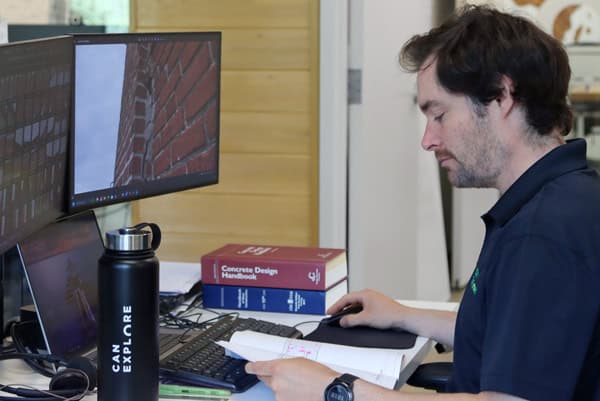What is Bill 122?
Bill 122 is a Quebec law adopted in 2013 that introduced several significant changes in the field of construction and building safety in Quebec. One of the key aspects of Bill 122 concerns the requirements for building and infrastructure inspections. Under this law, owners of buildings five stories or higher are required to conduct regular inspections of their facades. These inspections must be carried out within ten years following the construction of the building, and every five years thereafter.
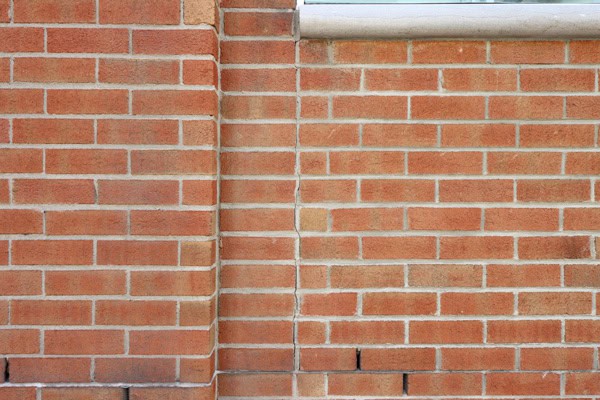
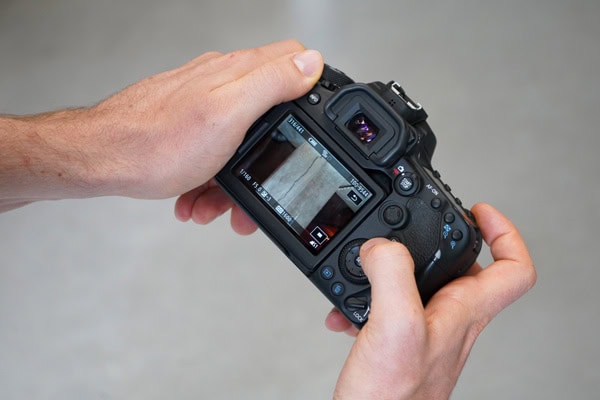
Additionally, Bill 122 requires regular inspections of multi-level parking structures. These inspections must be carried out between 12 and 18 months after the construction of the parking structure, and every five years thereafter. Furthermore, annual checks are necessary, with observations and photographs recorded in a logbook. These checks do not require the support of a professional and can be performed by the owner or the manager of the parking structure.

Simon Lavallée-Laliberté, engineer and project manager at Can-Explore, explains the origins of these regulations:
“Around 2009, incidents occurred that led to a reevaluation of the existing regulations. The market realized there was a lag in building inspections and maintenance. This prompted the establishment of Bill 122 in order to upgrade building safety standards.”

“Around 2009, incidents occurred that led to a reevaluation of the existing regulations. The market realized there was a lag in building inspections and maintenance. This prompted the establishment of Bill 122 in order to upgrade building safety standards.”
Useful Links – Bill 122
How Can-Explore’s Expertise Comes into Play
Our inspections are conducted with professional rigor and are followed by detailed reports containing targeted intervention recommendations. We can also assist you at every stage of the work, from planning to managing bids from subcontractors.
The explanatory guide of the RBQ divides the inspection into three parts: the general inspection, the detailed inspection, and the preparation of the inspection report . The general inspection involves analyzing the overall structure to find signs of damage. The detailed inspection is done up close, inspecting the facades from a distance of less than 2 meters. Exploratory openings can be made during the detailed inspection to check the hidden elements behind the cladding. The third and final part is the preparation of the inspection report.
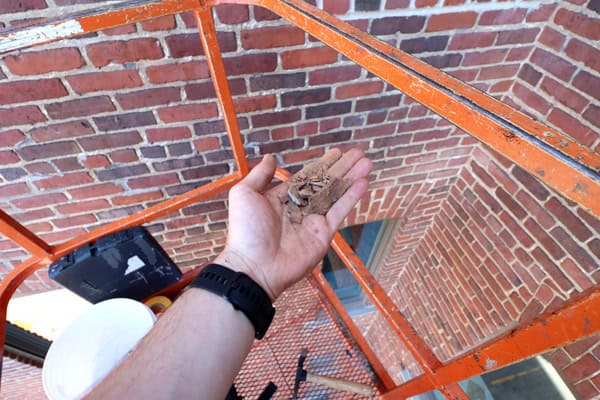
Above: Our engineer collects pieces of building cladding during a façade inspection.
Mastery of Technologies and Techniques for Facade and Multi-Level Parking Inspections
At Can-Explore, we master a wide range of technological tools and techniques to ensure the optimal execution of your project.
“The use of drones for general inspections allows us, in some cases, to inspect hard-to-reach areas without needing to send workers up in lifts or by rappelling. This approach helps avoid costs, save time, and reduce the impact on ongoing operations within the building,” says Simon Lavallée-Laliberté.
We only perform the steps deemed relevant and necessary to thoroughly inspect the facade, enabling us to offer efficient and cost-effective services.
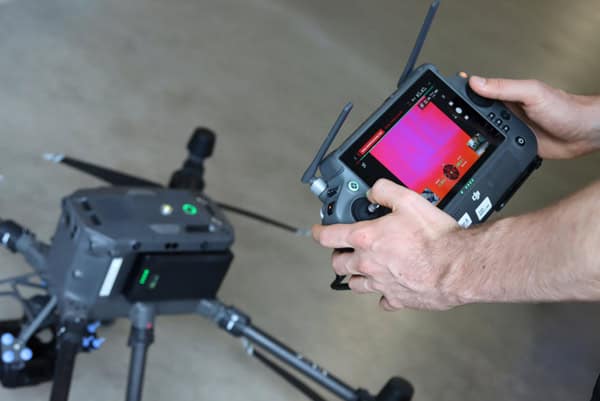
Above: Thermal imaging can be used as a complementary tool during a general facade inspection.
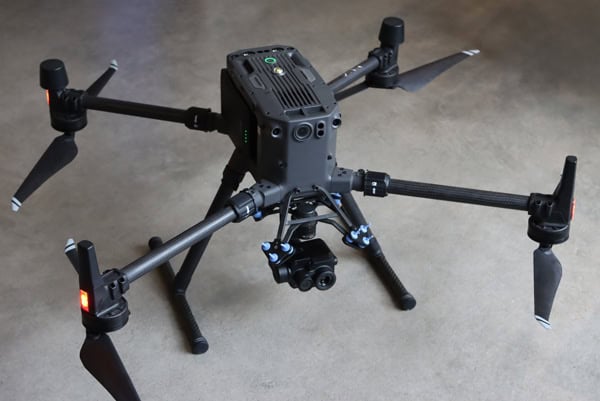
Above: Drone-mounted camera for general façade inspection.
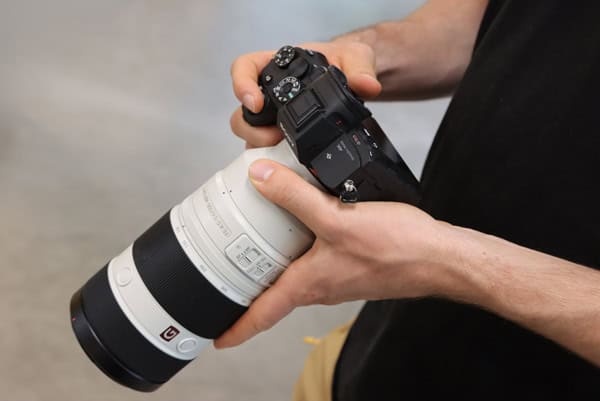
Above: Very high-resolution photographs are captured to record the inspection of facades and parking lots.
An Experienced Building Inspection Team
Our team of experienced engineers specializes in structural and building inspections. Our in-house engineers are capable of certifying the reports provided to our clients, providing a turnkey service throughout the entire process.
Thanks to our technical expertise and state-of-the-art tools, we gather precise data that allows us to better understand the condition of your facades and multi-level parking structures. This enables us to offer targeted intervention recommendations based on the specific needs of your structures.
